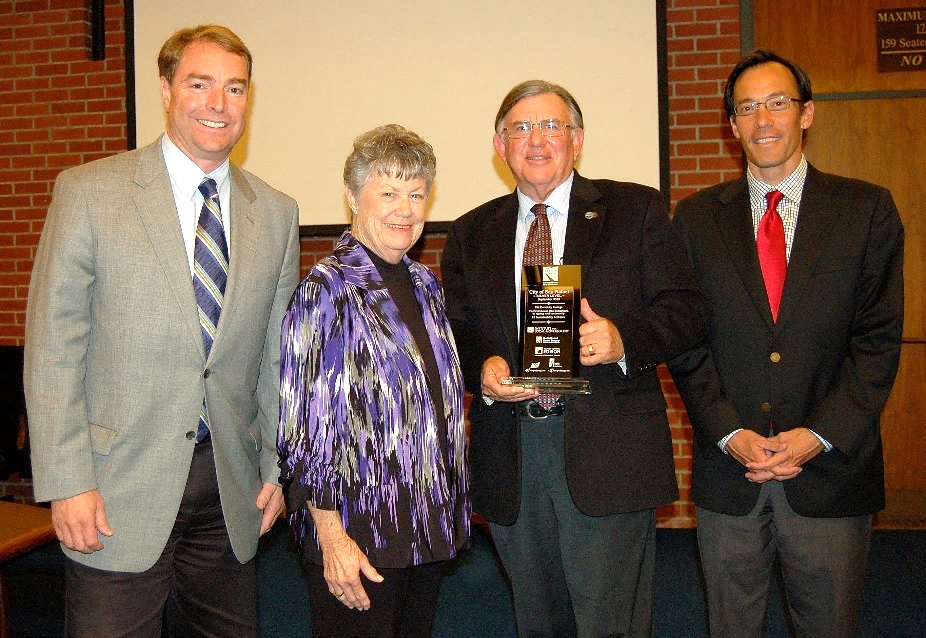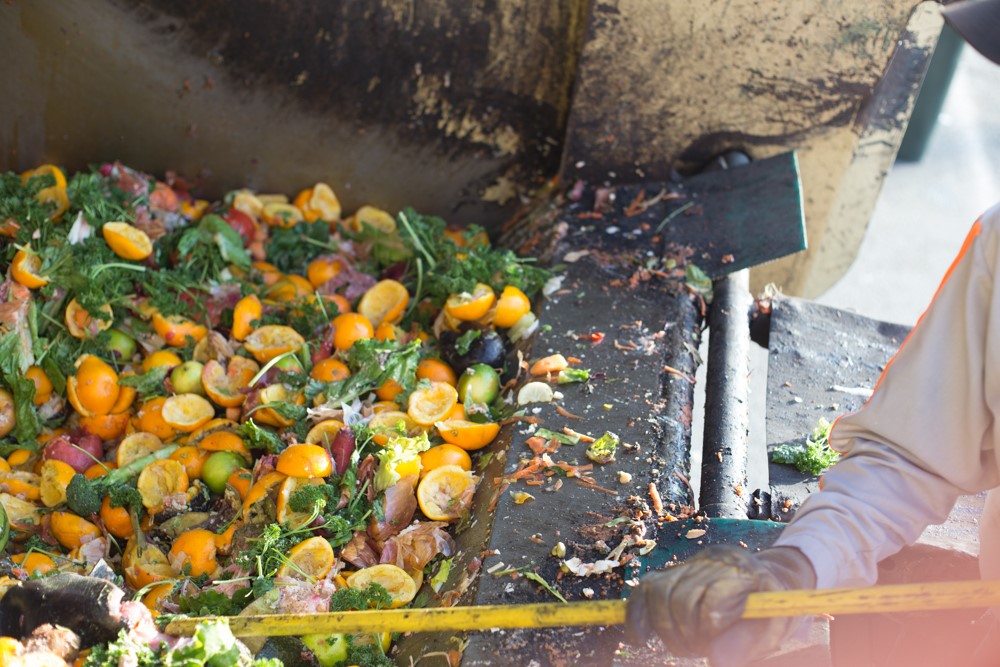San Rafael has a rich history of climate action and environmental protection. Mayor Al Boro signed on to the Mayor’s Climate Protection Agreement in 2006. The first Climate Change Action Plan was adopted in 2009. San Rafael received the first state-wide Beacon Award for Sustainability by the Institute for Local Government in 2013. Several hundred citizens volunteer on behalf of the environment each year, totaling thousands of hours of volunteer work worth hundreds of thousands of dollars in in-kind contributions. San Rafael has thousands of acres of open space and parks and is a Tree City USA community. These are just a few of the actions and programs San Rafael has undertaken over the years.
In 2017 the City Council identified updating the Climate Change Action Plan as a high priority in the annual Sustainability Priorities. A 20-member Green Ribbon Working Group was identified by Councilmember Kate Colin, the City Manager’s Office, and the President of Sustainable San Rafael. This Working Group included people from various neighborhoods, businesses, high schools, and organizations in order to get a diverse set of voices and perspectives. Throughout the year they participated in a series of meetings with subject matter experts to develop measures for each section of the Plan. Throughout the summer of 2018, the City solicited input from a variety of community members through meetings, pop-up events at community gathering spots, online surveys, a business mixer, and in-person surveys at organizations and activities. This has all been synthesized into the following Plan.
There is broad scientific agreement that to stave off the worst effects of climate change, communities will need to reduce their greenhouse gas emissions by 80% below 1990 levels by the year 2050. But time is of the essence. We are already seeing the effects of climate change locally and throughout the world with hotter temperatures, more severe storms, and more volatile and unpredictable weather. San Rafael has met the State GHG reduction target for 2020 and is on track to meet its more stringent local target by 2020. These emissions come from residents, businesses, and visitors, with only less than 1% coming from government operations and facilities. Recently, the State of California set interim reduction targets of 40% below 1990 levels by 2030 to stay on track. This updated Plan, coming from broad community input, sets out a road map to do just that. We’re all in this together; we can do this.

What’s Been Done So Far: San Rafael Actions
San Rafael businesses, agencies, and residents have been at the forefront of mitigation efforts such as renewable energy, low-carbon transportation, composting, and water conservation. In 2010 Marin Clean Energy was adopted by the City of San Rafael and most electricity users went immediately to purchasing 50% carbon-free electricity for their homes and businesses. San Rafael was one of the first communities to participate in curbside recycling thanks to Marin Sanitary Service’s (MSS) forward-thinking owners. In 2014 MSS and Central Marin Sanitation Agency began converting food scraps into energy through their innovative Food to Energy project. By the end of the 2011-2017 drought, San Rafael water users reduced their water consumption by an average of approximately 17%. And in 2017, Marin Municipal Water District began purchasing 100% renewable Deep Green electricity from MCE Clean Energy, which reduced San Rafael resident and businesses’ water-related greenhouse gas emissions dramatically.
The City of San Rafael has implemented 40 of the 48 measures in the original Climate Change Action Plan, completing the majority of those that could be completed and moving most of the rest into an ongoing implementation status. Most measures will need to be continued in order to continue to get emissions reductions! (See Appendix C for the complete list.)

